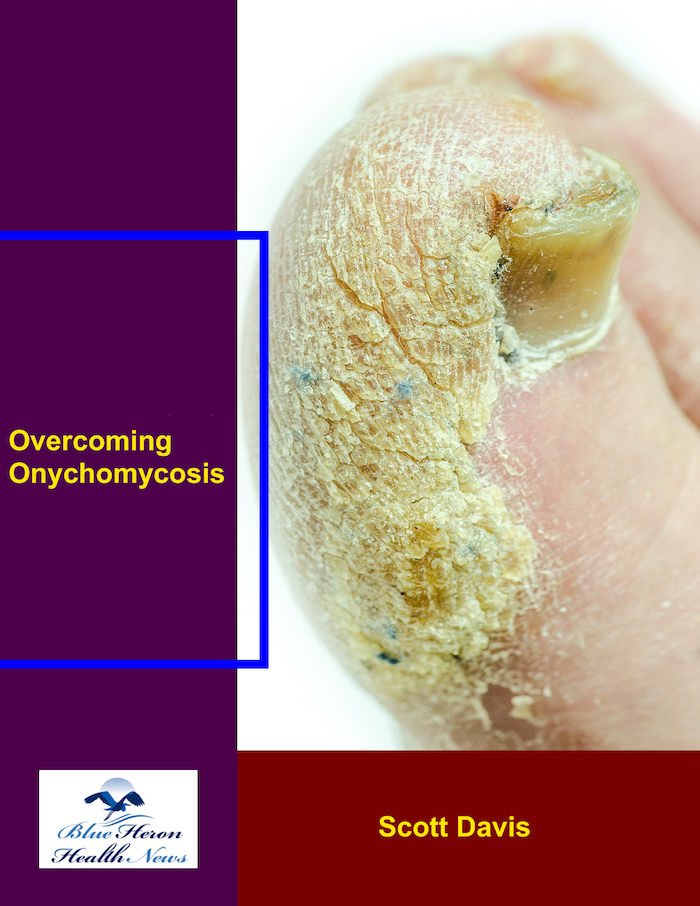
Overcoming Onychomycosis™ By Scott Davis If you want a natural and proven solution for onychomycosis, you should not look beyond Overcoming Onychomycosis. It is easy to follow and safe as well. You will not have to take drugs and chemicals. Yes, you will have to choose healthy foods to treat your nail fungus. You can notice the difference within a few days. Gradually, your nails will look and feel different. Also, you will not experience the same condition again!
What is the role of immunosuppression in onychomycosis?
Immunosuppression plays a significant role in the development and progression of onychomycosis (a fungal infection of the nails). When the immune system is suppressed, the body becomes less effective at combating infections, including fungal ones. Here’s how immunosuppression contributes to onychomycosis:
1. Weakened Immune Response:
- Immunosuppressive conditions or treatments, such as those associated with autoimmune diseases (e.g., rheumatoid arthritis, lupus), organ transplantation, or cancer treatment (chemotherapy), can diminish the body’s ability to mount an effective immune response to fungal infections.
- Onychomycosis is caused by dermatophytes, yeasts, and molds that infect the nail bed, and a healthy immune system typically defends against such pathogens. However, when the immune system is compromised, the body may not be able to recognize or fight off the fungal organisms effectively, allowing the infection to establish itself and spread.
2. Increased Risk in Transplant Recipients:
- Organ transplant recipients are often on long-term immunosuppressive therapy to prevent organ rejection, such as corticosteroids and calcineurin inhibitors (e.g., cyclosporine, tacrolimus).
- This immunosuppression significantly increases the risk of fungal infections, including onychomycosis, because the body’s ability to fight off fungal infections is severely impaired. As a result, transplant recipients are more prone to both superficial and systemic fungal infections, including onychomycosis.
3. Impact of Chemotherapy:
- Chemotherapy, commonly used in the treatment of cancer, weakens the immune system by reducing the number of white blood cells (especially neutrophils), which are essential for fighting infections.
- Chemotherapy-induced immunosuppression creates a favorable environment for fungal pathogens, as the body’s normal defenses are unable to prevent fungal colonization. This increases the likelihood of developing onychomycosis, particularly in patients with other predisposing factors like diabetes or peripheral vascular disease.
4. Predisposition in Individuals with HIV/AIDS:
- HIV/AIDS leads to progressive immune deficiency, primarily by targeting CD4+ T cells, which are crucial in controlling fungal infections.
- As the immune system becomes weaker, individuals with HIV are more susceptible to opportunistic infections, including onychomycosis. Fungal pathogens like Candida or dermatophytes may thrive due to the reduced immune surveillance, leading to chronic or recurrent nail infections.
5. Disruption of Normal Skin Flora:
- Immunosuppressive treatments can also disrupt the normal balance of microorganisms on the skin. The suppression of local immune responses can reduce the body’s ability to maintain a balanced skin microbiome, allowing fungal overgrowth and the development of conditions like onychomycosis.
- The altered immune response may also make the skin more prone to trauma or damage, creating an entry point for fungi to infect the nail bed.
6. Chronic Infections and Delayed Healing:
- When immunosuppression is present, onychomycosis infections may become more chronic and resistant to treatment. The body’s slower or ineffective healing response makes it harder for the nails to recover, even with antifungal treatments.
- The infection can persist for a long time, and in some cases, it may become more difficult to eradicate, requiring prolonged or more aggressive antifungal therapy.
7. Impact of Diabetes:
- Diabetes itself can impair immune function, and when combined with immunosuppressive medications or other underlying health conditions, it increases the likelihood of onychomycosis. Diabetic patients have a higher incidence of fungal infections due to factors like poor circulation, nerve damage, and impaired immune responses, making them more susceptible to nail infections.
- Immunosuppressive drugs can exacerbate these risks in diabetic patients by further impairing immune defense mechanisms, leading to an increased incidence and severity of onychomycosis.
8. Fungal Pathogens in Immunocompromised Patients:
- Candida species (especially Candida albicans) are often responsible for onychomycosis in immunocompromised individuals, particularly those with HIV or diabetes. Dermatophytes (such as Trichophyton rubrum) are more common in the general population but may become more aggressive in the immunocompromised.
9. Treatment Challenges:
- Treating onychomycosis in immunocompromised individuals can be more challenging due to the altered immune response. Standard antifungal treatments (topical or systemic) may not be as effective, and higher doses or longer treatment durations may be required. Some individuals may also experience drug interactions between antifungal medications and their immunosuppressive drugs, which can complicate treatment regimens.
Conclusion:
Immunosuppression increases the susceptibility to onychomycosis by weakening the immune system’s ability to prevent fungal infections. This makes individuals more vulnerable to fungal pathogens, leading to chronic or recurrent infections. Managing onychomycosis in immunocompromised patients requires careful attention to the choice of antifungal therapy, monitoring for side effects, and addressing underlying immune deficiencies. Preventive measures, such as maintaining good foot hygiene and early detection of infections, are important to help reduce the risk of fungal nail infections in these individuals.
Overcoming Onychomycosis™ By Scott Davis If you want a natural and proven solution for onychomycosis, you should not look beyond Overcoming Onychomycosis. It is easy to follow and safe as well. You will not have to take drugs and chemicals. Yes, you will have to choose healthy foods to treat your nail fungus. You can notice the difference within a few days. Gradually, your nails will look and feel different. Also, you will not experience the same condition again!